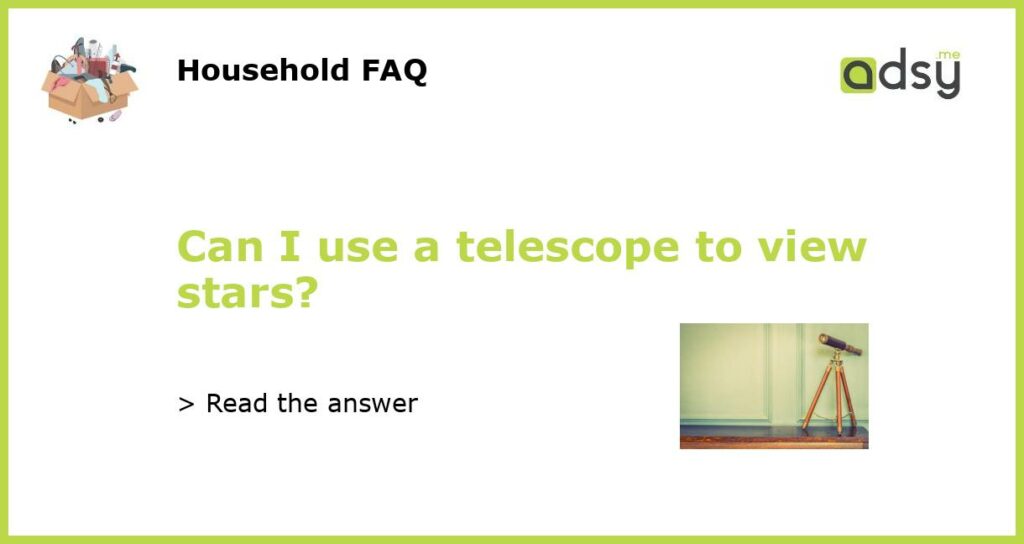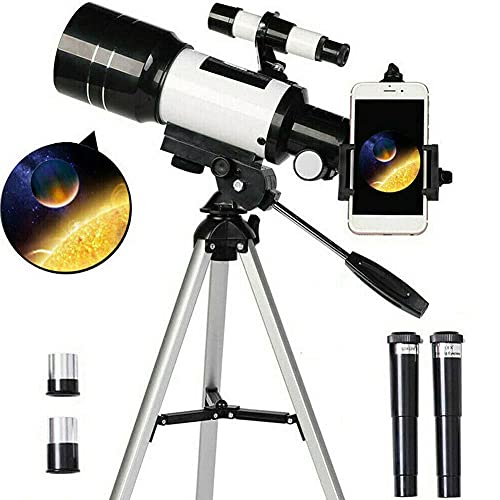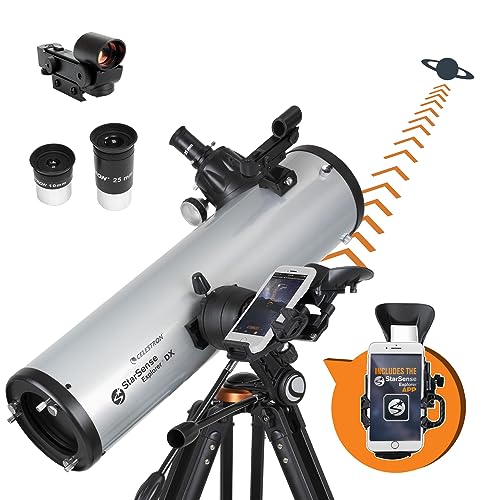Yes, you can use a telescope to view stars
A telescope is a powerful instrument that allows us to see celestial objects that are too far away to be seen with the naked eye. When it comes to viewing stars, a telescope can provide a much closer and detailed look at these distant objects. Whether you are an amateur astronomer or simply curious about the wonders of the night sky, a telescope can be a great tool to explore the stars. In this article, we will discuss the benefits of using a telescope to view stars and provide some tips on how to get started.
The benefits of using a telescope
Using a telescope to view stars has several benefits. Firstly, a telescope allows you to see stars that are not visible to the naked eye. With its magnification power, a telescope can bring distant stars closer, revealing their true beauty and intricate details. You will be able to see stars that are too dim or too far away to be seen without the aid of a telescope.
Secondly, a telescope can help you study and learn more about stars. By observing stars through a telescope, you can identify different types of stars, their colors, sizes, and much more. You can also track the movement of stars and observe celestial events such as supernovae or the transit of planets across the disk of a star.
Another benefit of using a telescope is that it allows you to explore the night sky from the comfort of your own home. You don’t need to travel to remote locations or have access to a professional observatory to enjoy the wonders of the stars. With a portable telescope, you can set up in your backyard, rooftop, or balcony and start observing the stars in your own neighborhood.
Getting started with stargazing
If you are new to stargazing and want to start using a telescope to view stars, here are some tips to help you get started:
Choose the right telescope for your needs
There are different types of telescopes available, including refractor, reflector, and compound telescopes. Each type has its advantages and drawbacks, so it’s important to choose the one that suits your needs and budget. Do some research, read reviews, and consider consulting with experienced astronomers before making a purchase.
Learn how to set up and align your telescope
Setting up and aligning your telescope correctly is essential to ensure that you get clear and accurate views of the stars. Follow the manufacturer’s instructions carefully and practice assembling and aligning your telescope during the daytime before venturing out at night. It may take some time and practice to get it right, but the effort will be worth it.
Find a dark location
Light pollution can greatly hinder your stargazing experience, so it’s best to find a dark location away from city lights. Look for a spot with minimal light pollution, such as a local park or rural area. The darker the sky, the better you will be able to see the stars and other celestial objects.
Use star charts and smartphone apps
To make it easier to navigate the night sky and locate stars, constellations, and other objects of interest, consider using star charts or smartphone apps. These resources can help you identify stars and constellations, track the movement of planets, and provide valuable information about celestial events happening in real time.
A telescope is a wonderful tool that can greatly enhance your appreciation and understanding of the stars. With its ability to bring distant objects closer, a telescope allows you to see and study stars that are not visible to the naked eye. By choosing the right telescope, learning how to set it up and align it properly, finding a dark location, and using helpful resources such as star charts and smartphone apps, you can start exploring the wonders of the night sky and enjoy the beauty of the stars.






